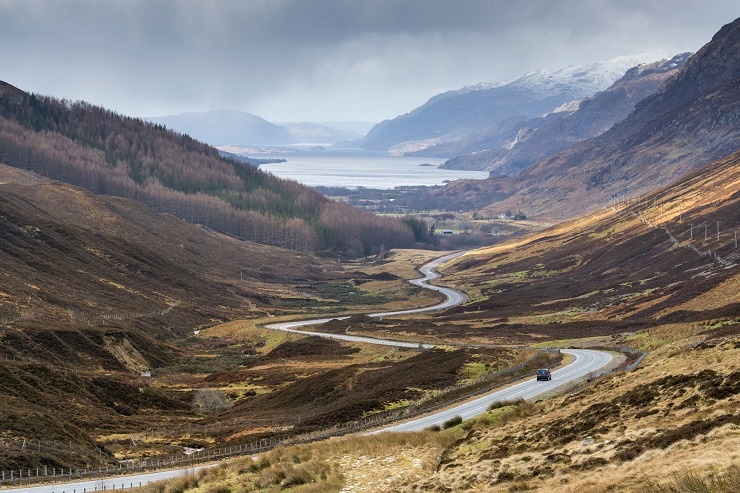Balancing Tourism and Sustainability
The North Coast 500 (NC500), a scenic driving route encompassing the stunning landscapes of the Scottish Highlands, has gained immense popularity in recent years.
While the route has brought significant economic benefits to the region, it has also raised concerns about the sustainability of its growth.
This article explores some of the problems associated with the NC500 and highlights the need to strike a balance between tourism and the preservation of the region’s natural and cultural heritage.
Overcrowding and Infrastructure Strain
The success of the NC500 has resulted in an unprecedented influx of tourists, putting a strain on the region’s infrastructure.
The narrow roads, limited parking areas, and inadequate restroom facilities struggle to accommodate the growing number of visitors.
This overcrowding not only leads to traffic congestion but also compromises the overall visitor experience and negatively impacts local communities.
Environmental Impacts
The surge in tourism along the NC500 has raised concerns about its environmental impact.
Irresponsible waste disposal, increased pollution, and disturbance of wildlife habitats are some of the challenges faced by the region.
Delicate ecosystems, such as the coastline and protected areas, are vulnerable to damage due to unregulated access and lack of visitor education on sustainable practices.
It is crucial to implement measures that safeguard the environment and promote responsible tourism to mitigate these issues.
Pressure on Local Communities
While the NC500 has undoubtedly brought economic benefits to the region, it has also placed significant pressure on local communities.
The sudden influx of visitors has led to a rise in housing prices, making it difficult for local residents to find affordable housing.
Additionally, increased demand for goods and services has strained local resources and put a burden on community infrastructure, such as schools and healthcare facilities.
Balancing the needs of tourists with the well-being of the local population is essential to ensure the long-term sustainability of the region.
Loss of Authenticity
The charm of the NC500 lies in its unspoiled landscapes and the unique character of its communities.
However, the rapid growth of tourism has led to concerns about the loss of authenticity.
The introduction of generic tourist-oriented establishments and the commodification of local culture can erode the genuine experience that drew visitors to the area in the first place.
Preserving the cultural heritage and supporting local businesses that showcase the region’s identity are vital to maintain the charm and authenticity of the NC500.
The North Coast 500 has undoubtedly brought economic benefits and increased the visibility of the Scottish Highlands.
However, the challenges arising from its popularity cannot be ignored.
Balancing tourism growth with sustainability is crucial to ensure the preservation of the region’s natural beauty, protect its delicate ecosystems, and maintain the quality of life for local communities.
By implementing responsible tourism practices, investing in infrastructure improvements, and engaging in community-led initiatives, it is possible to address the problems associated with the NC500 and create a more sustainable and enjoyable experience for visitors and locals alike.



